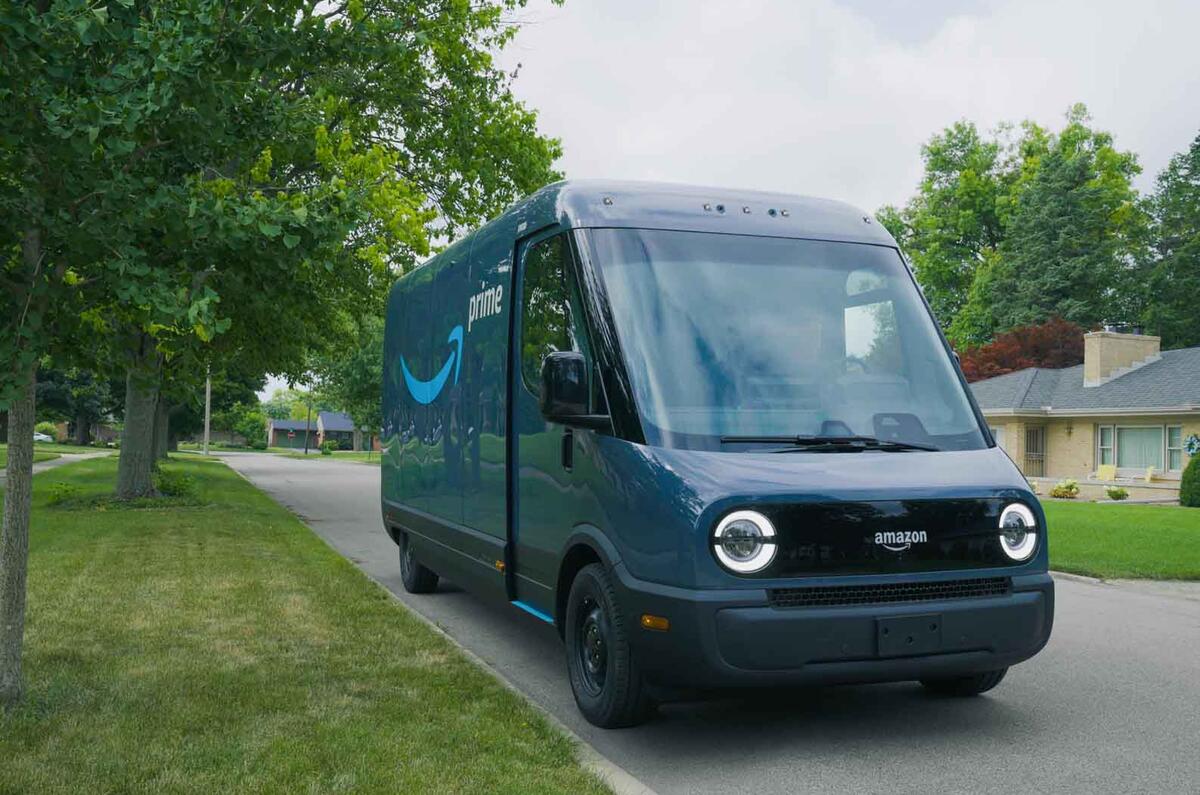The growth of online shopping and food deliveries, combined with moves to improve air quality in cities and businesses seeking to cut costs, has sparked a huge growth in the last-mile delivery market.
How big is harder to quantify. Straits Research valued the global last-mile delivery market at £33.6 billion in 2021, predicting it would grow to £102.6bn by 2030. But Precedence Research valued it as £149.3bn, with a predicted 2030 valuation of £352.1bn.




Add your comment